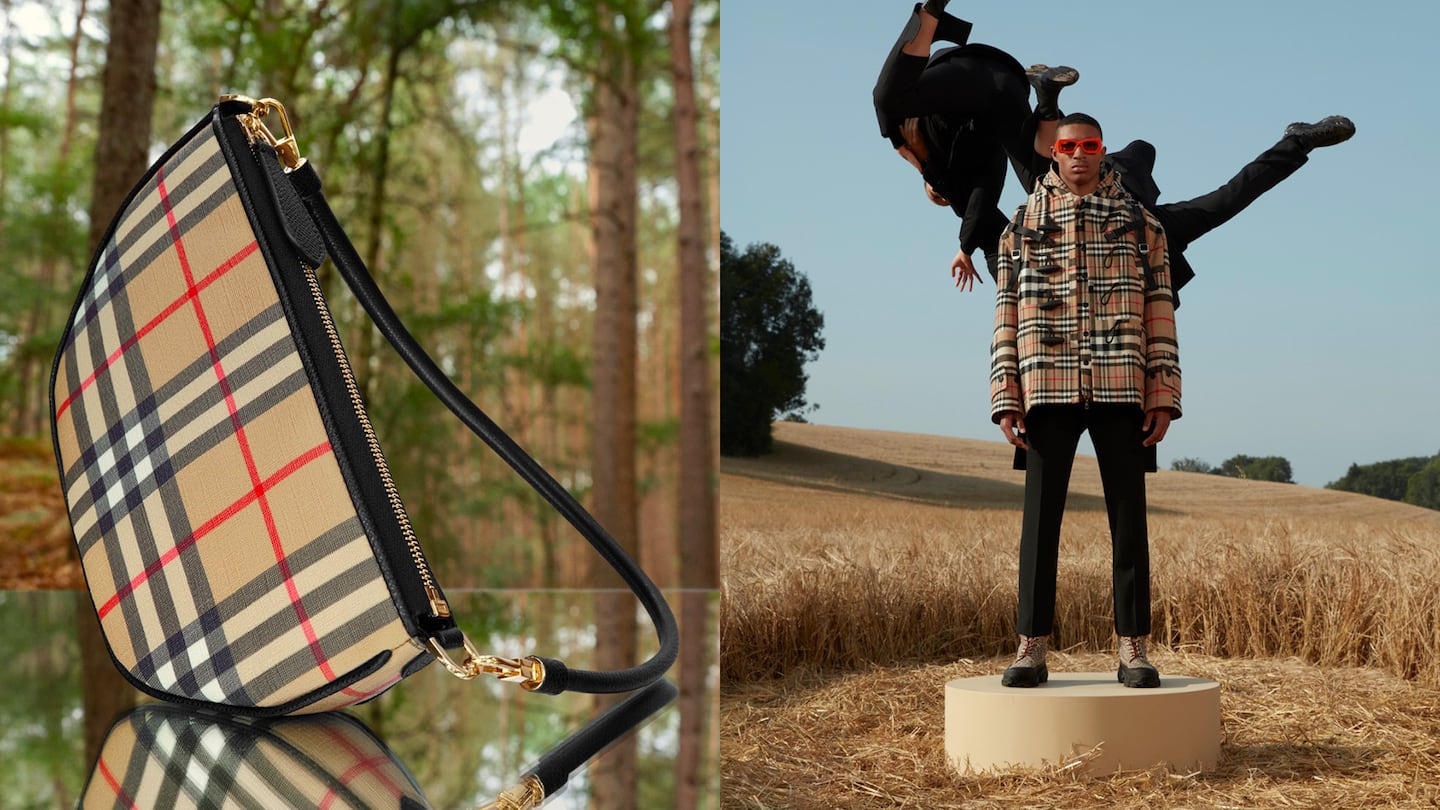
The Business of Fashion
Agenda-setting intelligence, analysis and advice for the global fashion community.

Agenda-setting intelligence, analysis and advice for the global fashion community.

As Marco Gobbetti prepares to bow out from Burberry, his legacy at the brand he spent the last five years trying to turn around remains unclear.
His efforts to elevate the label’s offering are widely seen as making progress, but the company is lagging luxury rivals in its pandemic recovery and signs of faltering growth have spooked investors.
The brand reported a 38 percent sales increase in its first half compared to a year earlier, with revenue of £1.2 billion ($1.6 billion) on par with 2019, but companies like LVMH and Hermès have seen sales soar double digits above pre-pandemic levels this year. Net profit of £145 million was down 3 percent compared with the same period two years ago, although adjusted operating profit, a number closely watched by the market, beat expectations.
“We see more upside elsewhere in the luxury sector,” said a note from the Bank of America luxury research team, pointing to rivals Richemont, LVMH and Hermès. Burberry’s share price closed down almost 5 percent Thursday.
ADVERTISEMENT
The numbers point to headwinds at a fragile time for Burberry. Gobbetti’s looming departure for Italian shoemaker Salvatore Ferragamo at the end of the year came as a surprise to the market when it was announced in June and his strategy to make Burberry into a British Gucci is still far from complete.
Meanwhile the broader environment remains challenging. Sales in China, Burberry’s biggest market, slowed in the second quarter as a result of bad weather and fresh travel restrictions. The brand is underperforming in the region compared with peers, Morgan Stanley analyst Elena Mariani wrote in a research note.
To be sure, the company has made strides to tighten distribution, increase full-price sales and boost its offering of handbags and accessories, cash-generative items that power the sales of many major luxury players.
“Burberry looks and feels like a much higher quality business than it was a few years ago,” said chairman Gerry Murphy on a call with investors. “We’ve got a business now with a much better margin structure, with a much better level of reach to younger consumers in growing markets, and frankly with a much stronger right to exist and prosper into the future.”
The company also reinstated its dividend and announced a £150 million share buyback programme for the second half. But it has yet to convince investors that its strategy can accelerate revenue growth and expand margins in the long term.
Burberry pointed to growth in its leather goods business and performance of revamped stores as signs its investments are paying off.
Over the last six months, the brand has invested heavily in promoting its Olympia bag via 70-plus experiential pop-ups around the world. It’s also added new styles to its Lola range, which features the Thomas Burberry Monogram clasp. It introduced another new shoulder bag style, dubbed the Rhombi, during its Spring/Summer 2022 show. Leather goods saw double-digit growth compared with two years ago, and triple digits in the US market, the company said.
Outerwear, the brand’s signature category, also grew double digits. Coats and leather bags are helping attract new and younger shoppers to the brand, said finance chief Julie Brown.
ADVERTISEMENT
Burberry has also bet big on a new store concept intended to help elevate the brand and create a more luxe shopping experience. It said the 15 stores that have undergone a revamp are already driving higher spend. The company will roll out 50 additional similar stores by the end of the fiscal year.
Next year, Versace chief Jonathan Akeroyd is due to succeed Gobbetti, stepping in to lead the brand in April. He’s expected to continue to deliver on the current strategy, Burberry chairman Murphy said, adding that Akeroyd’s “fresh take on the brand” will be welcomed.
“I think if you asked Jonathan himself, he would describe himself as a sort of natural merchant,” said Murphy. “In our next phase of growth, with a strong focus on product and merchandising and elevating the story, I think there’s a very strong element of merchandising in the next phase of execution that I think Jonathan will bring to the party.”
Related articles:
The Challenges Facing Burberry’s Next CEO
The sharp fall in the yen, combined with a number of premium brands not adjusting their prices to reflect the change, has created a rare opportunity to grab luxe goods at a discount.
Fashion’s presence at Milan Design Week grew even bigger this year. Savvy activations by brands including Hermès, Gucci, Bottega Veneta, Loewe and Prada showed how Salone has become a ‘critical petri dish for dalliances between design and fashion,’ Dan Thawley reports.
The Hood By Air co-founder’s ready-to-wear capsule for the Paris-based perfume and fashion house will be timed to coincide with the Met Gala in New York.
Revenues fell on a reported basis, confirming sector-wide fears that luxury demand would continue to slow.